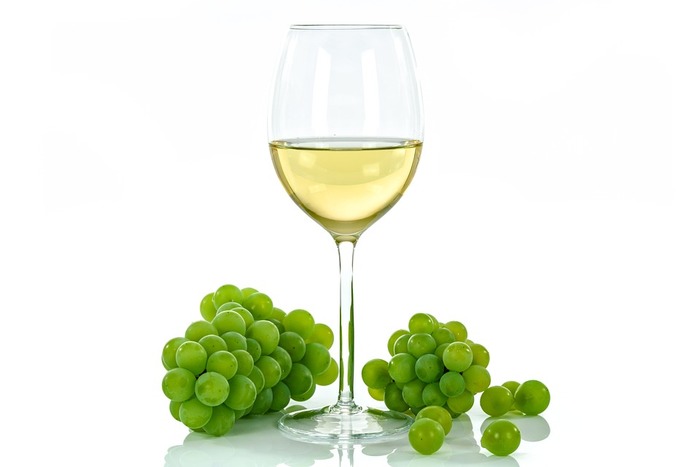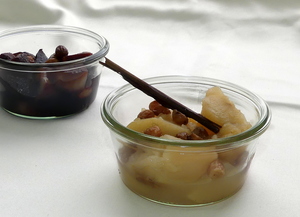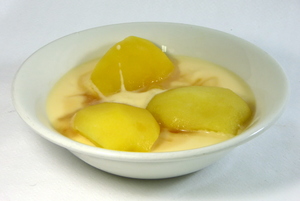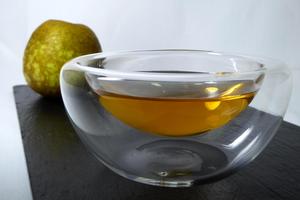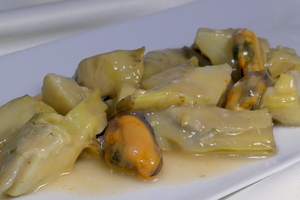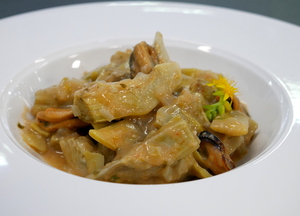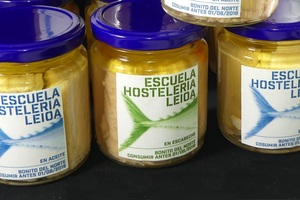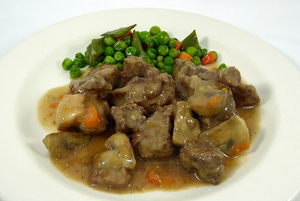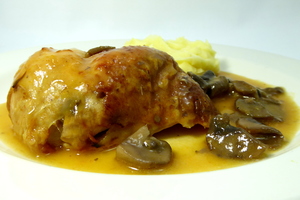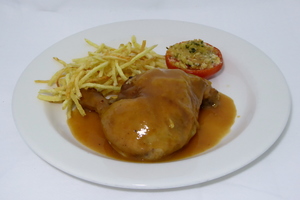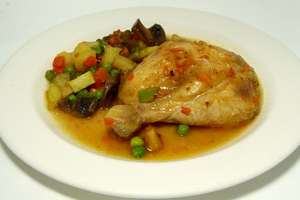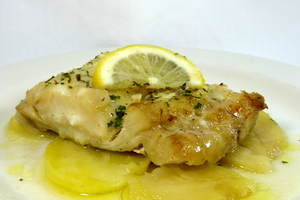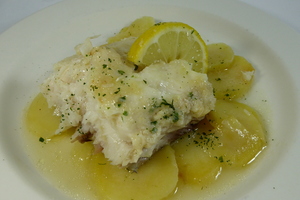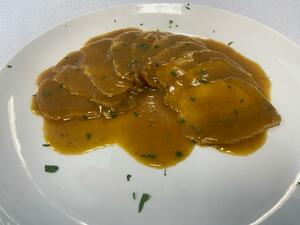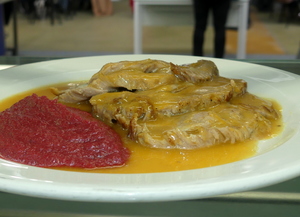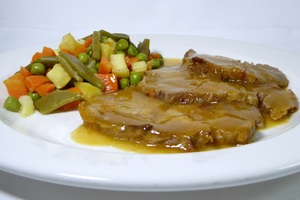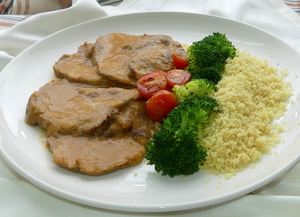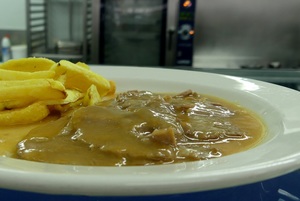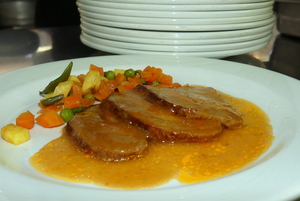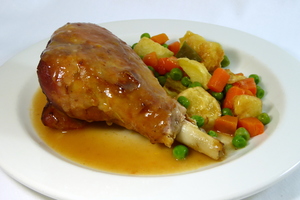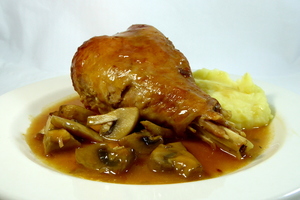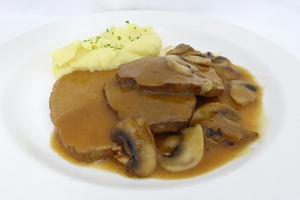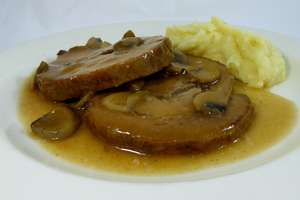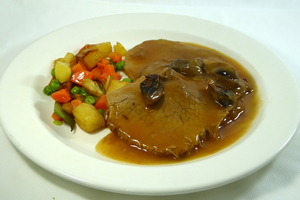White wine
White wine is a kind of wine that can be golden, straw or greenish yellow.
It’s produced through the fermentation of uncoloured grape pulp that may have a white or black colour, so they keep a yellowish transparent colour in the end. The many kinds of white wines depend on the huge amount of vine types and the winemaking methods themselves as well as the sugar they contain.
White wine was first consumed around 2500 years ago. It has grown along economic development and it has stayed in all traditionally wine consuming countries, mainly in Europe, America and Oceania.
White grape types that produce white wines are green or yellowish, two highly popular types of grapes everywhere in the world, which is why this wine is produced in many places around the globe. Some other types are very known, such as the Chardonnay, sauvignon and the Riesling. There are also black grapes, such as the pinot noir which are used to make white wine or champagne.
Among the many types of white wine, common dry white wine is the most common one. More or less aromatic and acid, it comes from the complete fermentation of grape juice. Sweet wines are those where the whose full fermentation is interrupted before all sugar is transformed into alcohol. Sparkling wines which are mainly white, are those where carbon dioxide remains dissolved in the wine and it transforms into gas when the bottle is opened, obtaining their sparkling bubbles.
-
Type of dish
- Beers
- Cocktails
- Breakfasts and brunch
- Burguers
- Juices, milkshakes and beverages
- Shellfish
- Bread and pastries
- Pizzas, patty
- Dessert
- Pasta
- Sándwich
- Pastries
- Finger foods
- Ice creams and sorbets
- Legumes
- Salads
- Eggs
- Patty
- liqueur
- Harvard plate
- Main course
- Meats
- Fish
- Birds
- Vegetables
- Soups and creams
- Rices
- Coffee, chocolate and infusion
- Cheeses
- Appetizers and canapes
- Temperature
- Cuisine type
- Additional culinary preparation
- Conservation technique
- Seasonal recipes
-
- Aromatic herbs
- Beverages
- Big game hunt
- Bread and pastries
- Canned goods and pickles
- Cereals
- Condiments, spices and additives
- Cooked, salted, preserved and cold meats
- Dried fruits and nuts
- Dry pulses
- Edible oils and vinegars
- Eggs and derivatives
- Feathered game hunt
- Fish cuts
- Fishes
- Insects
- Kitchen and bakery tecniques
- Kitchen and bakery utensils
- Meat cuts
- Meats
- Milk, cream and derivatives
- Mushrooms
- Offal
- Pasta, rice, flour and derivatives
- Poultry
- Seafood
- Service techniques
- Service utensils
- Vegetables cuts
- Vegetables, fruits, tubers and seaweed

